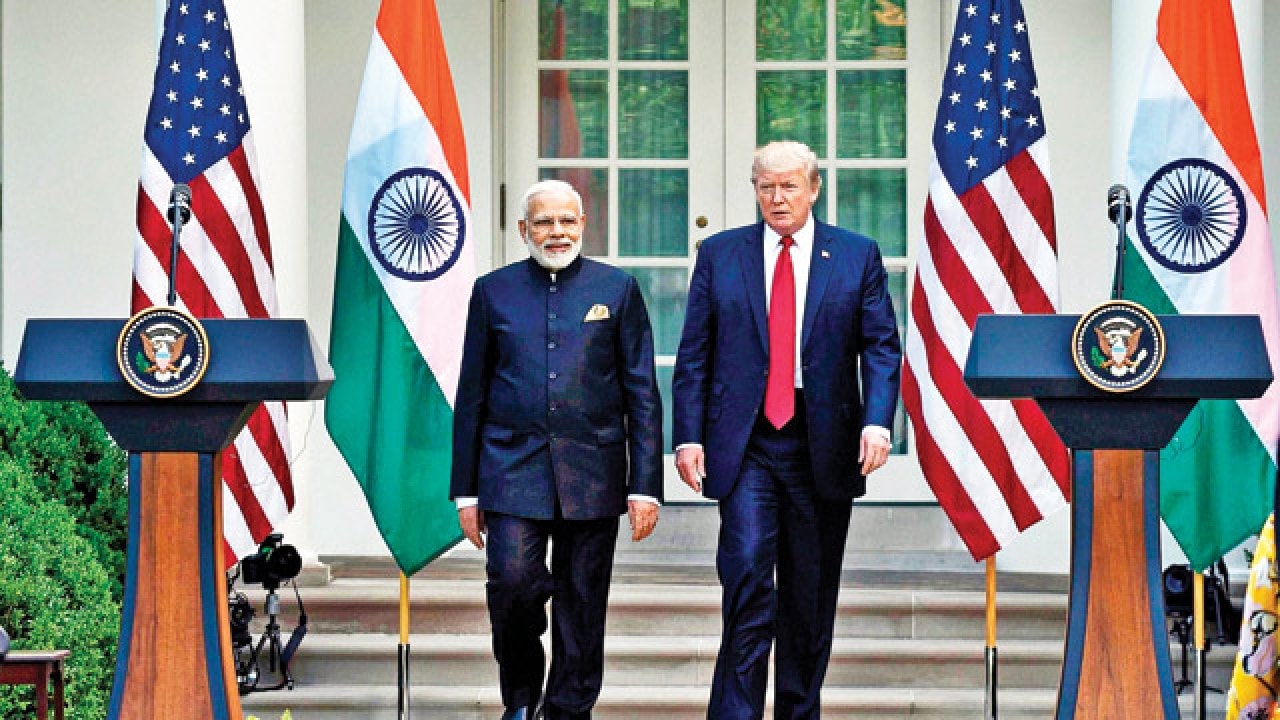
The world order is still largely white, Anglo-Saxon and male. Examples abound. The president of the World Bank has always been a white American man since its founding in 1944. This bad habit was only partially broken in 2012 when an American of South Korean descent, Jim Yong Kim, became the bank’s first non-white president. The change was cosmetic since Kim is a US citizen. No non-American has served as World Bank president in 73 years.
The other powerful global organisation, the International Monetary Fund (IMF), has always been headed by a white European male — though, like the World Bank’s Kim, in a token change the fund appointed its first woman managing director, Christine Lagarde, in 2011. It was a baby step.
Western unilateralism has a long history. Immediately after the end of the Second World War, during which Europe dragged much of the rest of the world into its parochial continental conflict that claimed over 50 million lives, the United Nations (UN) was founded in 1945 in New York. The five permanent members of the UN Security Council (UNSC) — the United States, the United Kingdom, France, Russia and China — gave themselves a veto and have blocked attempts ever since, using artifice and dilatory tactics, to democratise the UNSC.
China’s case is especially curious. It was given a permanent seat (and veto) in the UNSC at inception in 1945 by virtue of being on the winning side of WW2 against the Japanese in the Asian theatre. Its seat, however, was in the name of the Republic of China (RoC) — today’s Taiwan. Following their defeat to the Communists in the Chinese civil war in 1949, the Chinese nationalists fled to Taiwan. The Communist People’s Republic of China (PRC) was established in 1949 but it wasn’t till 1971 that Beijing took the RoC’s permanent seat in the UNSC.
By the 1980s, the ‘Asian Century’ was a well-worn cliché but it is only now that a fundamental change in the balance of world power is measurable. For the first time in over two centuries, the combined GDPs of Asia’s three largest economies measured by purchasing power parity (PPP) are larger than the combined GDPs of the US, Britain, France and Russia — the four European members of the permanent, veto-carrying UNSC.
According to the latest figures from the IMF, China’s GDP (by PPP) is $21.41 trillion, India’s is $8.70 trillion and Japan’s $5.26 trillion. That’s a combined GDP of $ 35.37 trillion. In contrast, US GDP (again by PPP) is $18.56 trillion, Britain $2.79 trillion, France $2.77 trillion and Russia $3.39 trillion. Their combined GDP: $27.51 trillion.
This shift in the balance of global economic power will take time to have a significant geopolitical impact. Colonial Britain was the world’s largest economy through the 1800s. It was overtaken by the US in the late-1800s. China overtook the US economy in PPP terms, now routinely used by global financial institutions, only in 2014. It is following in Britain’s and America’s expansionist, militaristic footsteps.
Britain in the 1700s and 1800s was a rapacious colonial invader and the world’s biggest trader and transporter of African slaves to North America. The US, taking its cue from Britain, invaded Mexico in the 1800s, colonised the Philippines and through the 1900s fought brutal wars in Vietnam, Korea, South America and the Middle East.
Both Britain and America are today in economic and social decline — one of the reasons why Donald Trump rode to the presidency on a wave of middle-class, white American angst. There are plenty of lessons here for China which threatens and bullies many of the 14 countries it shares borders with. Unlike Britain and the US, China is not a democracy but a brutal dictatorship. The death of its Nobel Peace laureate Liu Xiaobo last week after years of incarceration throws doubt on whether China is ready for global leadership.
As The Economist wrote in its latest issue: “The aim of Mr Xi’s repression is no longer just to protect the party from challenge but also to control information. The party faces no direct challenge from political movements or organised ethnic groups. What worries its leaders more is that China’s many social problems might one day generate such a challenge.”
China’s long-term economic growth, according to a new Harvard study, is meanwhile likely to fall to 4.4 per cent a year while India’s will rise to nearly 8 per cent. The gap today between India’s GDP ($8.70 trillion) and China’s GDP ($21.41 trillion) has narrowed. If the Harvard study is right, the gap is set to narrow further by 2025. Over the medium term, that will have consequences Beijing will not relish.
The writer is author of The New Clash of Civilizations: How The Contest Between America, China, India and Islam Will Shape Our Century